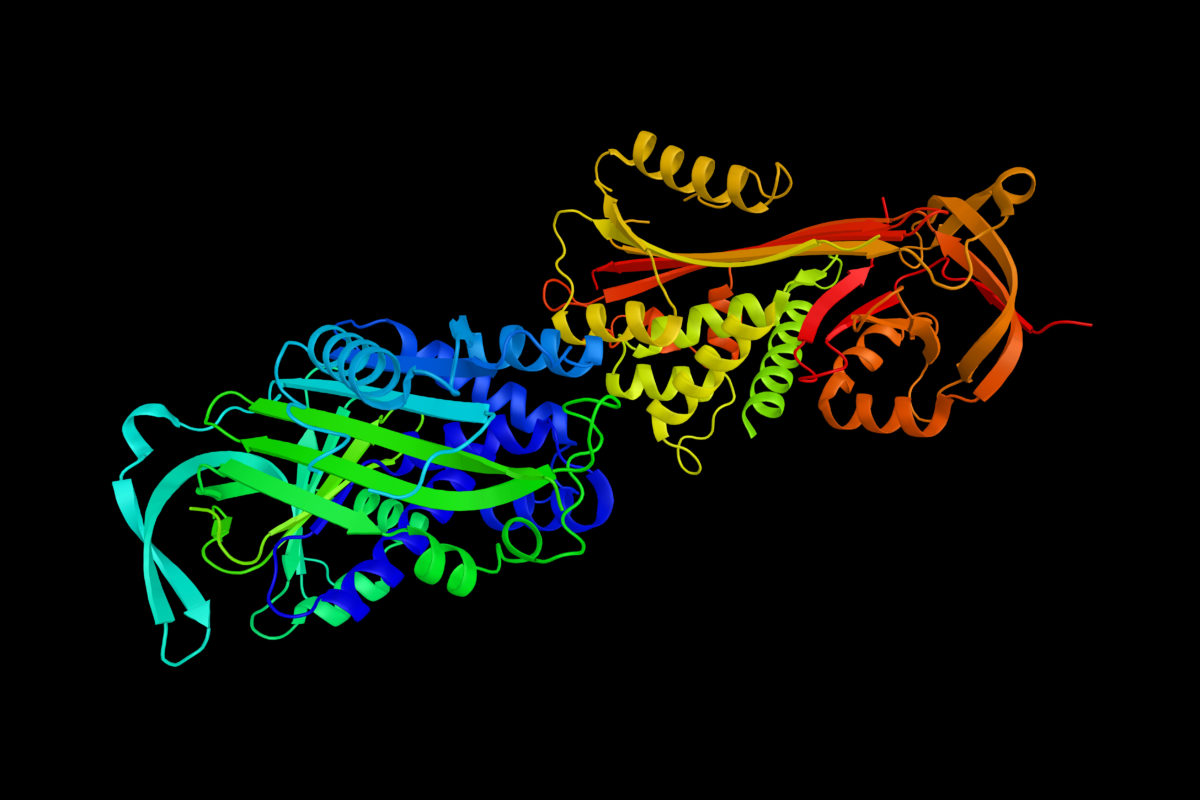
Using Intelligent Design Theory to Guide Scientific Research
Alabama House Committee Adopts Revised Academic Freedom Bill on Evolution
FOR RELEASE MAY 10, 2004 SEATTLE, MAY 10 – The Education Committee of the Alabama House of Representatives recently adopted a substitute version of the Academic Freedom Act on evolution that previously passed the Alabama Senate. The substitute bill limits its protection to teachers who wish to cover “scientific information pertaining to the full range of scientific views concerning biological Read More ›

Simulating evolution by gene duplication of protein features that require multiple amino acid residues
Problems with Characterizing the Protostome-Deuterostome Ancestor
Californians Say Teach Scientific Evidence Both For and Against Darwinian Evolution, Show New Polls
For Immediate Release SEATTLE, MAY 3 – Recent California voters overwhelmingly support teaching the scientific evidence both for and against Darwin’s theory of evolution, according to two new surveys conducted by Arnold Steinberg & Associates. The surveys address the issue of how best to teach evolution, which increasingly is under deliberation by state and local school districts in California and Read More ›

Are We Alone?
The American taxpayers recently footed the bill for a risky $800 million NASA mission. The good news? It worked. In January, two NASA landers bounced to their destinations and released their rovers Spirit and Opportunity to prowl the Martian landscape. These remarkable little robots were not searching for archaeological ruins or strange, black monoliths but something much less exotic — Read More ›
Federally-Funded Website on Evolution Violates Separation of Church and State
The federal government has spent nearly a half-million dollars on a website that encourages science teachers to use religion to promote evolution, sparking objections that the website violates the separation of church and state. The following resources document the controversy over this website.
Does Darwinism Devalue Human Life?
[Note: This article first appeared in The Human Life Review 30, 2 (Spring 2004): 29-37.] A number of years ago two intelligent students surprised me in a class discussion by defending the proposition that Hitler was neither good nor evil. Though I kept my composure, I was horrified. One of the worst mass murderers in history wasn’t evil? How could Read More ›
A Response to Some Objections by Kyler Kuehn to The Privileged Planet
In August 2003, Kyler Kuehn provided a critical response to our presentation on The Privileged Planet at the annual meeting of the American Scientific Affiliation. At the time, Kuehn was at a disadvantage, since the book had not yet been published and his response was based on an incomplete manuscript of our book. In our opinion, the objections resulted almost Read More ›